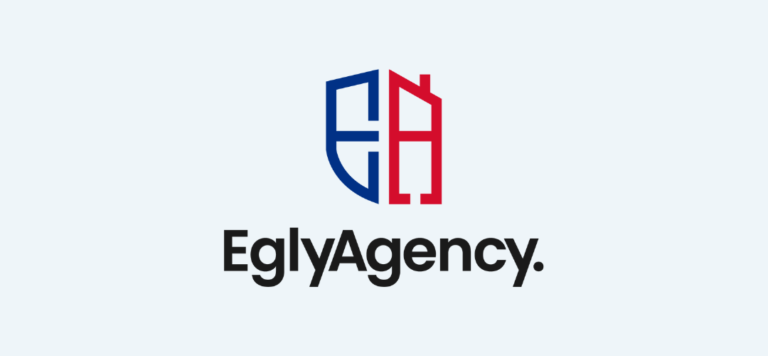The Dangers of Having a HUGE Customer
When a HUGE customer might present a problem for you.
We all love landing that HUGE customer! Maybe it’s the “flagship” customer – the household name that gives you instant credibility.
For example: “My pasta sauce is now in every Whole Foods”… or “Wow, FedEx just started using my app”…. or “I won a 3-year contract with HCA”.
Whatever it means in your world, it’s something to celebrate! So, let’s break out the bubbly and raise a glass to this important milestone! And still… be aware of the risks and downsides of having one or two big customers.
Customer Concentration
What I’m talking about here is customer concentration. It can be a problem if any customer represents more than 10% of your revenue or if the top 5 customers represent 25% of your revenue. (Of course, if you’re a start-up, this is just part of the drill).
The Positives of a HUGE Customer:
A high percentage of your revenue coming from one or two customers can be good… and bad.
First, the positives:
- You can focus on building a strong relationship with the customer, enabling you to become indispensable to them because you’re so deeply embedded in their workflow. In this way, they become just as dependent on you as you are on them.
- It can make billing and all paperwork simpler- because there are fewer customers to manage.
- You can bend and yield to them, tailoring your contract to cover the nuanced nature of what you do for them.
- Your sales and marketing costs will be a fraction of what they’d be otherwise, increasing your margin.
- With iron-clad long-term agreements, you can comfortably predict your future revenue.
The Potential Negatives of a HUGE Customer:
But the potential negatives:
- They KNOW they’re your biggest customer, so they know how dependent you are on them, and they throw their weight around, getting you to do things outside of your core competency, just to keep them happy.
- They know the power they wield and can apply pricing pressures to you, diminishing your profits while becoming even more demanding. They take advantage of you, threatening to leave if you don’t reduce rates. You’re stuck.
- And finally, and perhaps most importantly: It may hurt your ability to borrow money; acquire investors; and negatively affect your valuation when you’re ready to sell. YIKES!
When You Lose That HUGE Customer
In all these scenarios, the objective eye will be thinking about what happens if you lose that big customer or they cut back on their business with you. It may have nothing to do with your service or product… it can be about their own strategic initiatives or struggles.
For example: They buy your product or service and want to sell it or use it in 100 of their regional branches. This contract is so big it requires you to hire more people or buy more equipment, both of which may cause you to expand your square footage, meaning you’re investing more to satisfy one customer and increasing overhead. But a year into the arrangement, they close 20 of those branches and cut the budget at all the others, effectively reducing the value of your contract by 50%. But you were counting on that revenue!
Other things can go wrong:
- They get a cheaper price and give you 30 days notice of cancellation
- They just don’t like your product/service
- They go out of business
- They sell their business and the new owner doesn’t want you.
How To Protect Yourself
Yes, there’s a risk, but does this mean that you shouldn’t take on large accounts? Not at all. It just means you need to take measures to protect yourself:
- Eyes wide open. KNOW the risk you are taking and work to mitigate it from day one.
- Big flagship accounts will make it easier for you to win other big accounts. If you have several, you mitigate the risk of losing one of them.
- A great contract/service agreement will give you some protection, perhaps stipulating a longer period required for cancelation, say 90 – 120 days or more instead of 30 days. This will give you a greater cushion of time to adapt internally.
- Have an early termination clause that pays you liquidated damages in the event of cancellation or contract default. Talk with your attorney!
My Experience Share
Here’s my experience share on having a single customer representing more than 5% of the revenue:
In the first five years of building my first company, LetterLogic, we landed a huge national account. For many years that represented 25% of our revenue. We were growing at a fast rate, but so were they. We’d add other big customers, and they’d move down to represent just 10-15% of the biz (still scary but better) but they’d grow and add a heap of new clients at once, putting them back in control of 25%+ of our revenue.
They were a big fish in a tiny pond, and they knew it. They consumed the lion’s share of our resources, getting more and more demanding. We bent ourselves into pretzels daily, trying to be everything they wanted us to be. We were afraid to raise our rates as they demanded more, so the account became less and less profitable. It was almost like they OWNED US. It wasn’t fun.
After a comprehensive customer analysis (which I’ll write about next), we realized that their account was only marginally profitable. And because they were so time-consuming with their never-ending demands, something had to give. After repeated attempts to get them to be more of a partner and less of a dictator, I decided to move on. I mean, what good was a pain-in-the-ass customer that generated little profit?
I sent them a cancellation notice via certified mail. THAT got their attention. They showed up on our doorstep the next day, hat in hand, asking what they needed to do to make it right with us. As it turns out, they’d come to depend more on us than we on them! We renegotiated the terms of our agreement in several key areas: Pricing, workflow, payment terms, processes, and systems…and almost overnight, they became a partner. A valuable partner.
They still represented about 10% of our revenue when we sold a few years later, but the buyer saw their long-term commitment to us, as well as a solid contract that took good care of us, and that outweighed the customer concentration issue.








